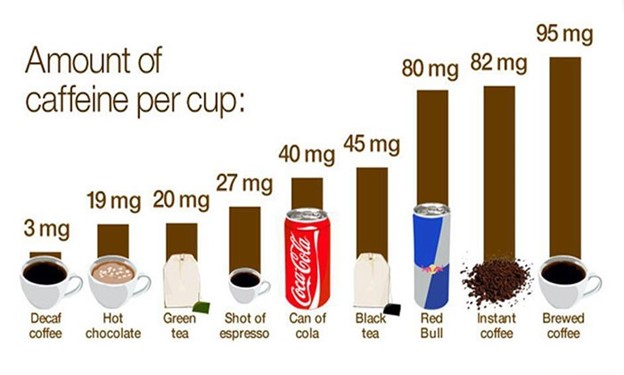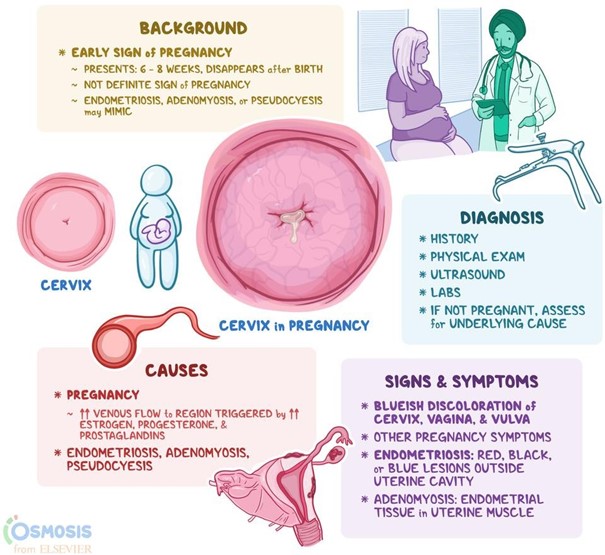- A nurse is reinforcing teaching with a client about reducing dietary caffeine intake. The nurse should remind the client that 240 mL (8 oz) of which of the following beverages contains the least amount of caffeine?
- Brewed green tea
- Hot cocoa
- Instant coffee
- Brewed green tea
- Hot cocoa
- Instant coffee
Cola soft drink
Brewed green tea
Hot cocoa
Instant coffee
Cola soft drink
The Correct Answer is B
Among the given options, 240 mL (8 oz) of hot cocoa typically contains the least amount of caffeine. While the exact caffeine content can vary depending on the brand and preparation method, hot cocoa is generally considered to have a lower caffeine content compared to brewed green tea, instant coffee, or cola soft drinks.
However, it's worth noting that hot cocoa may still contain a small amount of caffeine, although significantly less than the other options mentioned.

Nursing Test Bank
Naxlex Comprehensive Predictor Exams
Related Questions
Correct Answer is A
Explanation
Explanation
A. Chadwick’s sign
Chadwick's sign is a characteristic change that occurs during pregnancy, specifically in the cervix, vagina, and vulva. It is characterized by a bluish or purplish discoloration of these areas.
Chloasma in (option B) is incorrect because it is a condition characterized by the development of dark patches on the skin, commonly referred to as "mask of pregnancy." Chloasma typically affects the face, particularly the cheeks, forehead, and upper lip. It is not associated with a change in colour in the vaginal or vulvar area.
Hegar's sign in (option C) is incorrect because it is a softening of the lower uterine segment that can be felt during a pelvic examination. It is not related to the colour changes in the vaginal or vulvar area.
Ballottement in (option D) is incorrect because it is a palpation technique used during a prenatal examination to assess the position of the foetus. It involves the examiner gently pushing against the uterus and feeling a rebound or "floating" movement of the foetus. It does not involve changes in the colour of the vaginal or vulvar area.

Correct Answer is B
Explanation
Among the given options, 240 mL (8 oz) of hot cocoa typically contains the least amount of caffeine. While the exact caffeine content can vary depending on the brand and preparation method, hot cocoa is generally considered to have a lower caffeine content compared to brewed green tea, instant coffee, or cola soft drinks.
However, it's worth noting that hot cocoa may still contain a small amount of caffeine, although significantly less than the other options mentioned.

Whether you are a student looking to ace your exams or a practicing nurse seeking to enhance your expertise , our nursing education contents will empower you with the confidence and competence to make a difference in the lives of patients and become a respected leader in the healthcare field.
Visit Naxlex, invest in your future and unlock endless possibilities with our unparalleled nursing education contents today
Report Wrong Answer on the Current Question
Do you disagree with the answer? If yes, what is your expected answer? Explain.
Kindly be descriptive with the issue you are facing.
